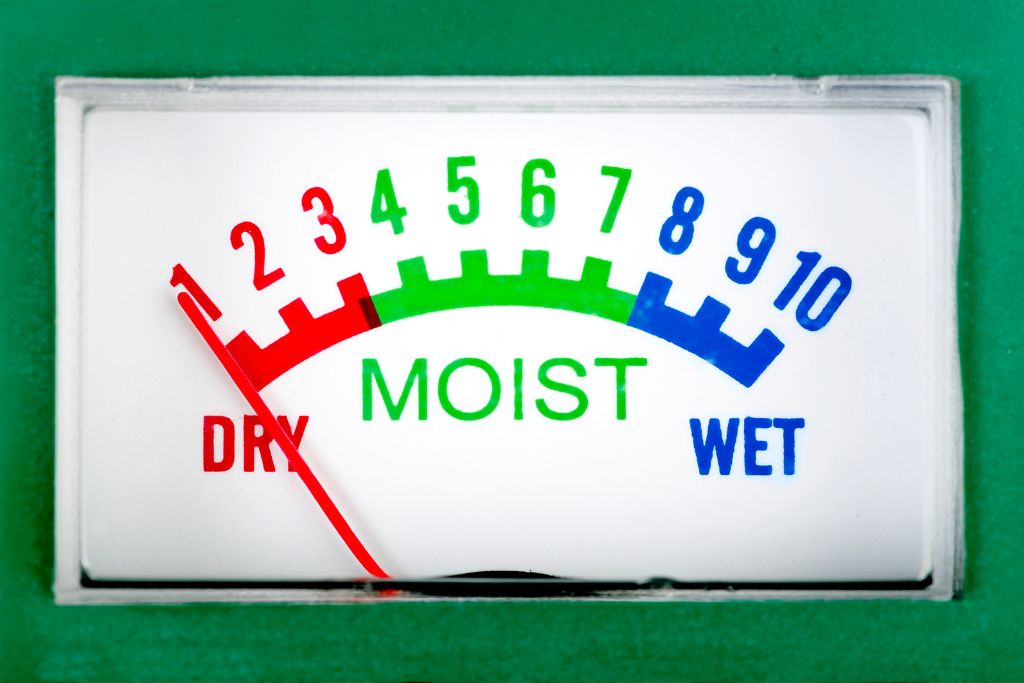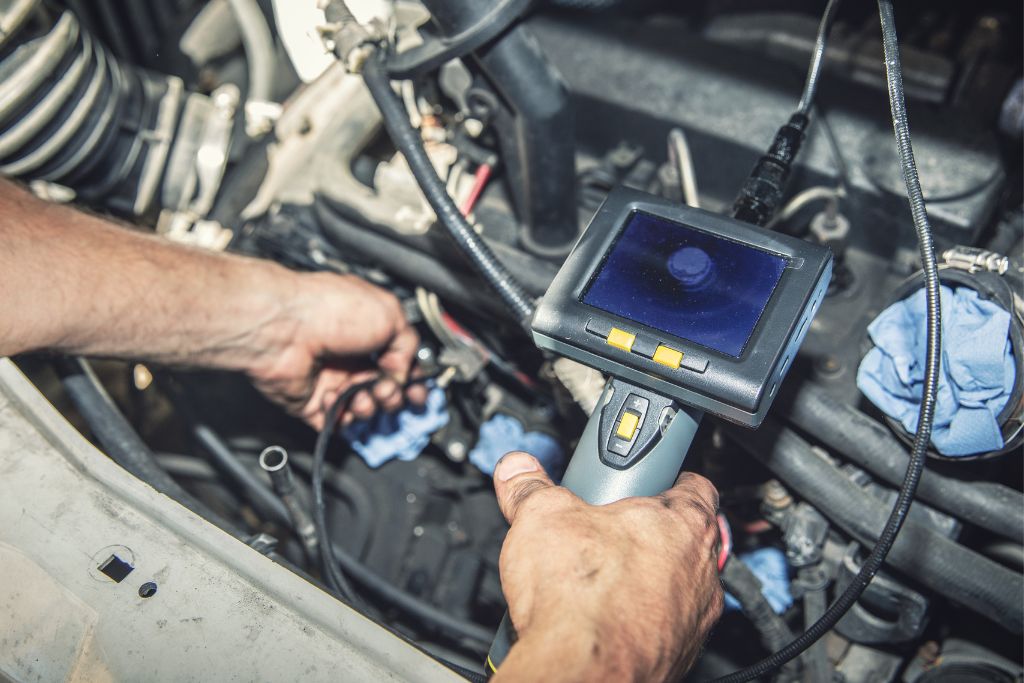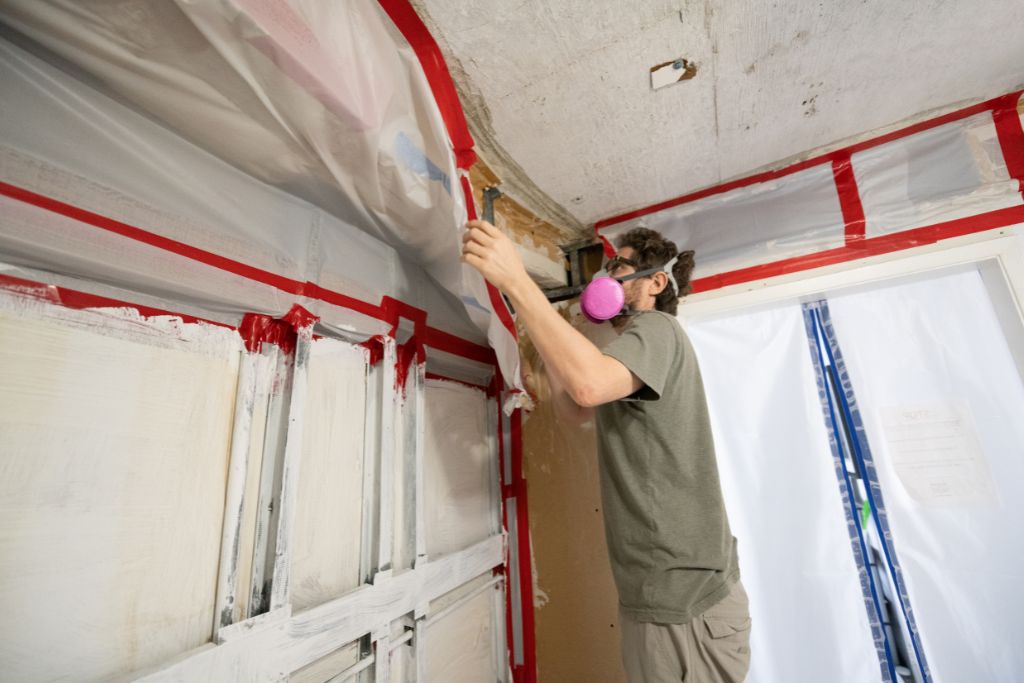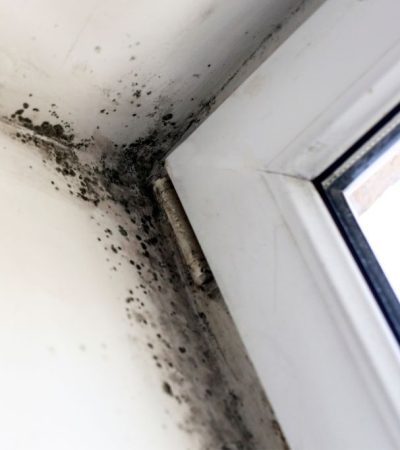Having a home inspection means knowing if there is mold in your home. Whether you are buying or selling a home, having a mold inspection will give you peace of mind. Not only will it find any mold that is present, but it will also tell you what it is, where it is, and how to prevent it from growing.
Moisture meters
Whether you are a homeowner looking to prevent mold growth or a professional mold inspector looking to identify hidden mold colonies, you may want to consider using a moisture meter to test for moisture. Moisture meters can be used indoors and outdoors to identify potential moisture problems. They are designed to detect the presence of moisture on a variety of building materials. They can also detect hidden moisture pockets and colonies of mold spores.

Moisture meters come in two different types. Pin-type moisture meters work by penetrating the surface of a material to measure the moisture content. Pinless moisture meters work by emitting electromagnetic signals. The meter then uses this information to calculate the moisture content of the material.
Pin-type moisture meters can be used to test wood materials that have been wet. Because they penetrate the material, they offer limited depth readings.
Borescopes
Detecting mold involves the use of several tools. These include air sampling, surface testing, and thermal imaging.
Air sampling involves collecting samples of air inside your home and outdoors. These samples help you gauge the level of mold spores. Generally, air sampling is done several times during a mold remediation process.
A thermal imaging camera works best in combination with a moisture meter. It can detect damp areas in difficult-to-reach places.

A borescope is another tool used for mold detection. This device allows you to see inside walls and other structures without damaging the material. It can also be useful for inspecting spaces between walls.
Borescopes are a great way to test for a mold without damaging the wall or tearing it down. However, they are also expensive. Some models can cost as much as tens of thousands of dollars.
Invasive inspection techniques
Detecting mold requires specialized assessment by experts. There are several invasive inspection techniques used by professionals to find hidden mold in a home. Some of these methods include air samples, surface samples, and laboratory samples.
Air samples can be analyzed by a laboratory to determine whether there is mold growth. The report includes information on the number of mold spores found in the air, as well as information on the type of mold found. These tests are useful in determining whether the air in your home is contaminated with mold spores.

Surface sampling can provide information on the visible appearance of mold. It can also help to determine the extent of water damage in your home.
Infrared Thermal Imaging is a useful inspection technique for finding water-damaged areas in a home. It can also be used to look for mold hidden in a wall cavity.
Pre-purchase mold inspection
Purchasing a home can be a big decision, but a pre-purchase mold inspection can help you avoid costly surprises. Not only will it help you decide on a home, but it will also protect your health and that of your family.
Many real estate markets are strengthening, and homes have been popping up everywhere from Miami to Texas. A pre-purchase mold inspection can help you identify potential problems and negotiate a better price for your new home.

Mold inspections aren’t cheap, but they can help you avoid expensive mold cleanup costs. A professional mold inspector will check for mold problems in the hardest-to-reach areas of your home. He or she will also check for hidden mold in the drywall, ceiling, and paint.
The cost of a mold inspection can vary from a few hundred dollars to several thousand dollars, depending on the size of your home. This isn’t a bad price to pay for the peace of mind you’ll get from knowing if your home has mold.
Cost
Having a mold inspection done can be a good idea before buying a home. It can help you avoid problems with mold, such as aggravated asthma. It can also help you get a better deal on a home. However, mold inspection costs can vary widely, depending on the size of the house, location, and more. Here are some tips for reducing your costs.
If you’re looking for a mold inspection service, it’s best to do a little research first. Check with previous customers for feedback on the company’s services. Also, ask the contractor how many mold remediations they’ve done in the past six months.

Some inspections are “invasive,” meaning the mold inspector will dig through the drywall and paneling. This type of inspection takes longer and is more expensive.




